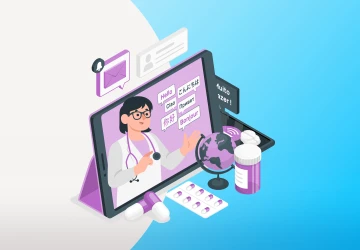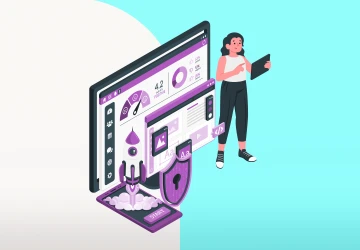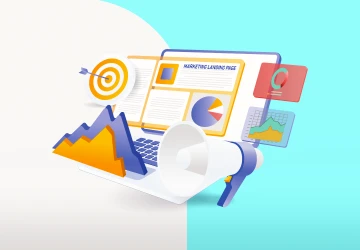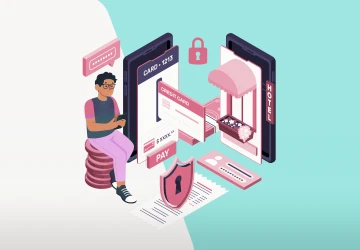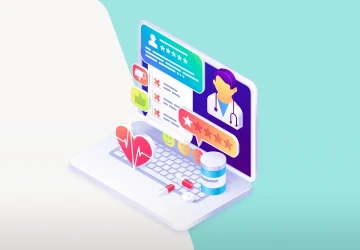Landing Pages for Legal Services 101: Build Trust and Drive Action Fast
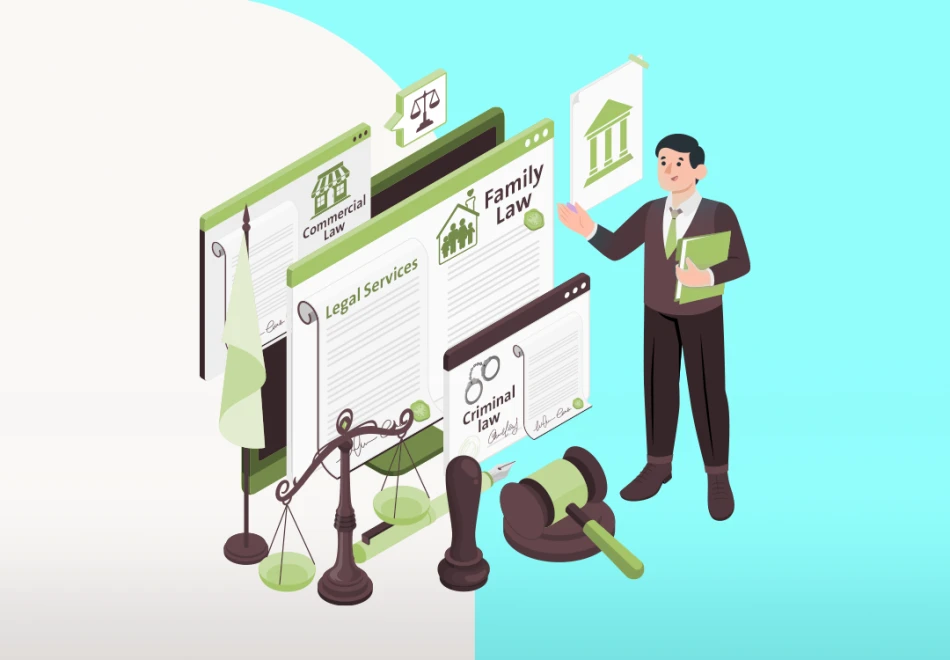
After working with dozens of law firms trying to grow their online presence, one thing has become crystal clear: firms that get the most leads and consultations treat their landing pages like their digital front door.
And that makes all the difference.
These days, just having a basic website isn’t enough.
People looking for legal help want things to be clear, trustworthy, and easy to act on—and that’s exactly what strong landing pages for legal services are built for.
In this guide, I’ll show you how to create a landing page that feels welcoming, builds trust quickly, and guides visitors to take the next step with confidence.
What Is a Landing Page?
When you click on an ad, an email link, or even a social media post, you usually end up on a page designed just for that purpose—a landing page.
Lawyer landing pages are a bit different from regular law firm pages.
They’re simple, focused, and don’t have all the usual distractions like menus or tons of links.
The whole point of lawyer landing pages is pretty straightforward: To get people to take one specific action.
In legal marketing, this might mean:
Booking a consultation,
Filling out a quick contact form,
Signing up for updates or a newsletter.
Good lawyer landing pages aren’t just about looking nice.
They build trust fast.
They show off credentials, share real client stories, and make it super clear that the lawyer understands exactly what the visitor needs.
When people feel that connection, they’re way more likely to take the next step.
Success with lawyer landing pages isn’t just a guessing game either.
In legal marketing, firms track things like how long people stay on the page and, most importantly, the conversion rate—basically, how many visitors do what you want them to do.
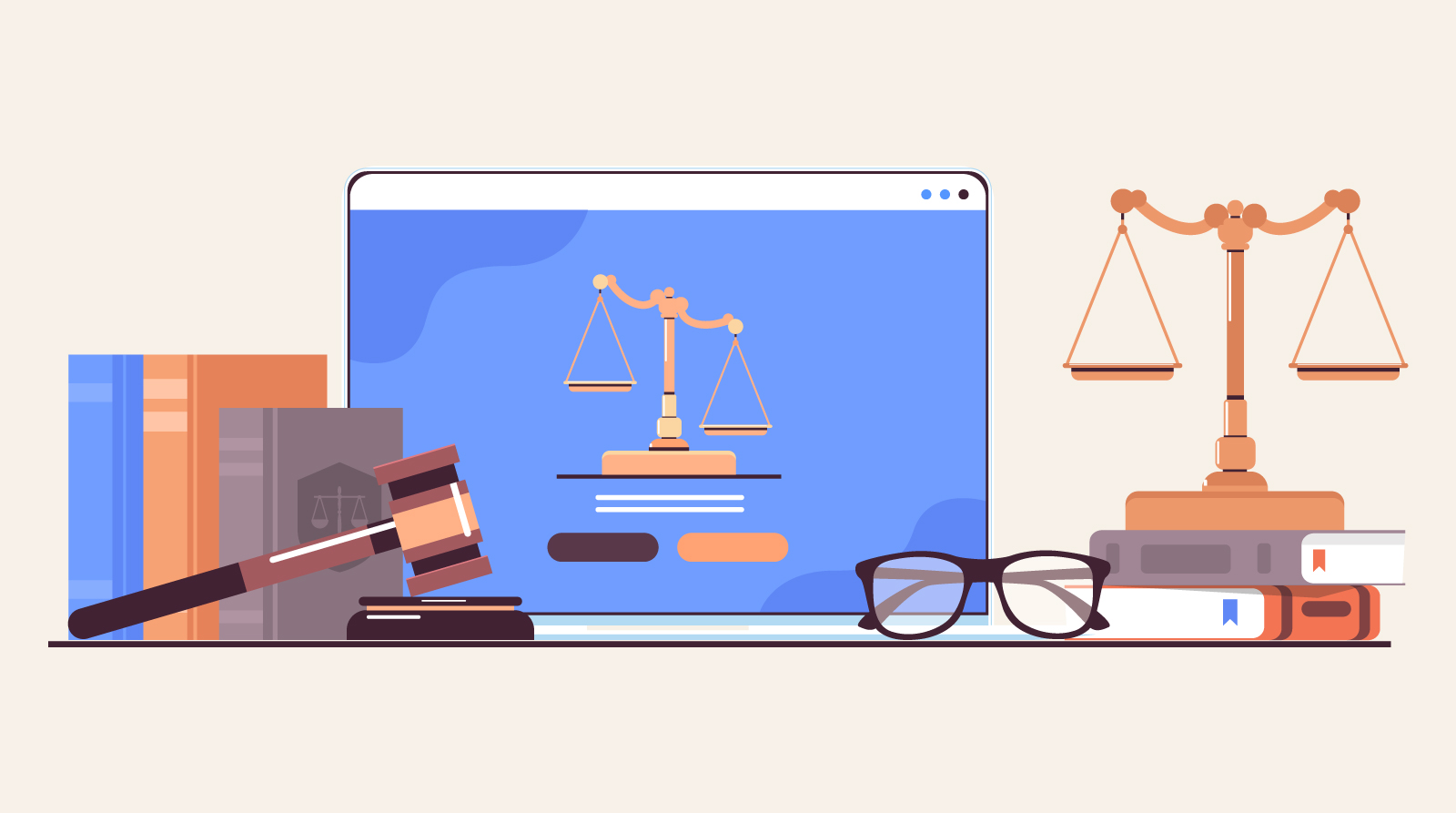
When to Use a Lawyer Landing Page?
1. Promote Your Services and Products
Sometimes, people don’t want to schedule a call or wait around for a response—they just want to buy legal services right away.
With more folks getting used to online options like subscriptions, memberships, and self-serve packages, they expect to get legal help whenever it’s convenient for them.
That’s exactly where lawyer landing pages shine.
Instead of sending visitors through your regular law firm pages full of information and links, you can guide them straight to a simple page focused on one thing: Making a quick purchase.
Everything on the page—the words, the design, the call-to-action—should make it easy for them to say “yes” in just a few clicks.
2. Attract and Capture New Leads
Some potential clients are almost ready to hire you, but they just need a quick chat to make sure your firm is the right fit.
Instead of sending them to your regular law firm pages, which might overwhelm them with too much info, direct them to a lawyer landing page.
This page makes it easy for them to request more details or schedule a free consultation.
It gives them exactly what they need without all the confusion.
3. Grow Your Email List
Lots of folks aren’t ready to hire a lawyer right away—they want to learn a bit first before they feel comfortable reaching out.
That’s where lawyer landing pages help you in legal marketing.
Instead of sending them to your usual law firm pages, you point them to a simple signup page where they can grab something useful in exchange for their email.
Offer a free ebook, a quick checklist, an invite to a webinar, or even a small discount on a service.
They get something valuable, you get their contact info, and you can keep sharing helpful tips until they’re ready to take the next step.
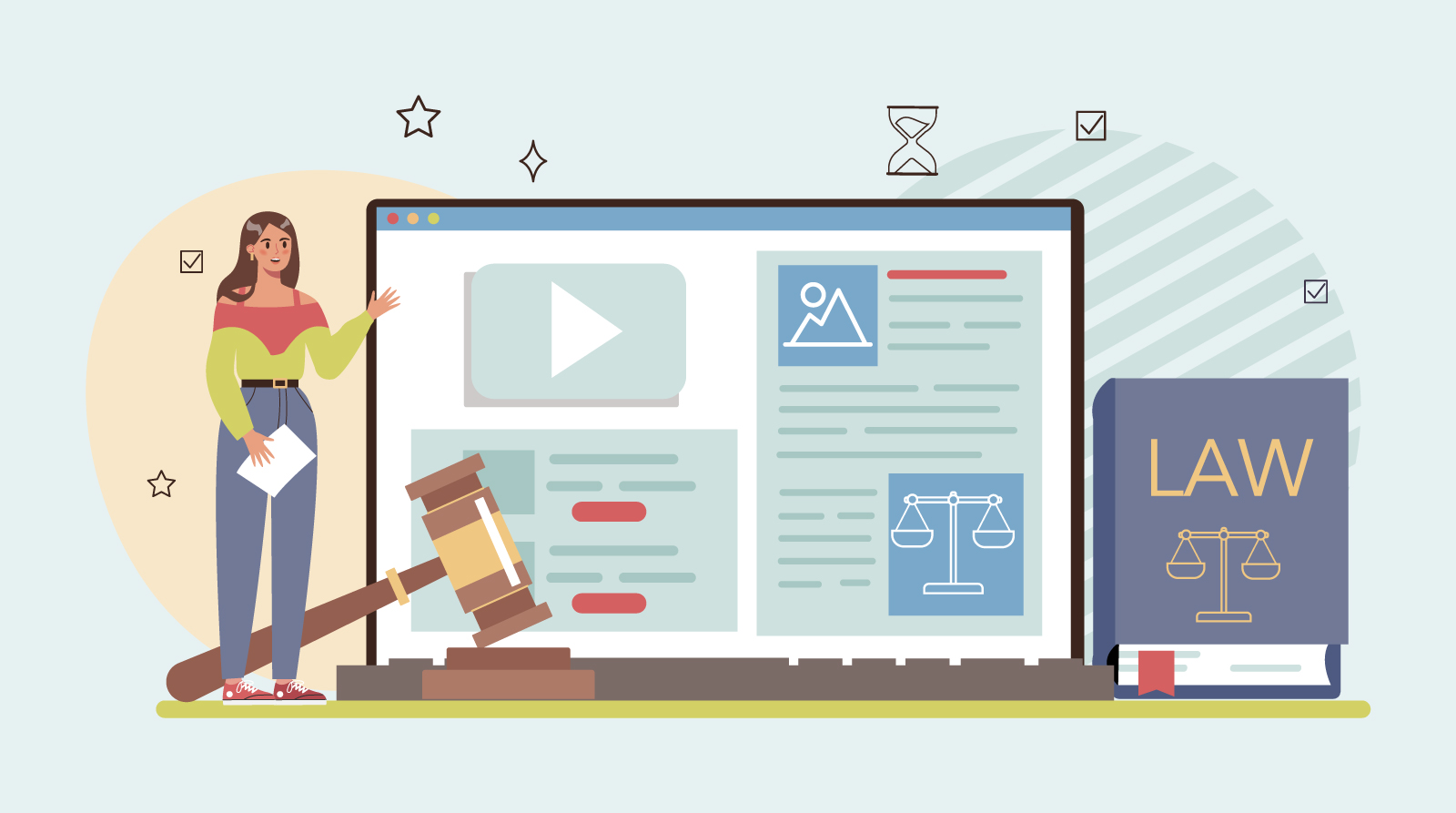
What Are the Key Ingredients of a High-Converting Lawyer Landing Page?
1. Focus on One Clear Goal
When you visit most websites, you’ll see a lot of different things going on—buttons, links to other pages, and various options to click on.
But here’s the catch: Those pages usually don’t have one specific action they’re trying to get you to do.
Look at the article you’re reading now.
Around this text, there are links to download a guide, read more articles, and other options to explore.
That’s on purpose.
We want you to have choices, so you can decide what you want to do next.
Now, on a lawyer landing page, it’s a whole different story.
The page should have one clear goal, like booking a consultation, buying a service, or signing up for an email list.
Everything on the page should be designed to guide visitors toward that goal.
No distractions. No extra links.
Just one simple action that makes it easy for them to take the next step.
2. Deliver a Seamless Journey
The main job of your lawyer landing page is to roll out the red carpet and whisper, “You’ve come to the right place!” the moment someone clicks your ad, story, or blog link. Think of it as picking up the story exactly where your ad left off—no plot twists, no detours.
To keep that sense of “this was made just for me,” make sure you:
Answer Their Burning Questions: If your ad hinted at solutions, give them the details here.
Prove Your Promises: Back up every claim with a quick example or testimonial.Show Your Game Plan: Lay out exactly how you’ll deliver on what you promised—step by step, no surprises.
And for the full VIP treatment, mirror the look and feel of your ad or post:
Rock the same color scheme and fonts.
Feature images or icons that feel familiar.
Keep the same friendly tone and a handful of key phrases.
When your visitor sees that perfect match, they breathe a sigh of relief—“Yep, this is it.” And that comfort nudges them closer to taking action.
If you’re using Google Ads, peek at your Quality Score to see how smoothly your ad, your law firm pages, and your landing page all dance together in perfect harmony.
3. Add Trust Signals to the Page
Building trust with potential clients is a crucial step, whether you're a fresh face in the legal world or a seasoned pro with an established name.
Even the most recognized names still need to earn the trust of new prospects.
So, how do you do that?
Enter trust signals—the secret ingredients that reassure visitors they’ve come to the right place.
These little nuggets of social proof work wonders in building confidence, fast.
Here are a few ways to make your landing page feel like a warm handshake:
Show logos of top clients you've worked with. These are the names that get people's attention.
Add logos of publications that have featured your expertise, like badges of honor.
Share real results you've delivered for clients—just be sure to get their approval first.
Feature glowing testimonials from happy clients. Bonus points if you include their full names, photos, or even a screenshot of a glowing review from trusted sites.
Highlight any awards you've won. Whether big or small, these are proof that you’re an authority in your field.
You don’t need to throw everything at the wall.
Choose the trust signals that pack the most punch for your audience or the ones that make the most sense for this specific landing page.
4. Follow Usability Best Practices
Let’s be honest—most people don’t read every word on a web page.
They glance around, looking for something that catches their eye.
That’s why your lawyer landing page needs to be easy to scan and even easier to act on.
The spot that gets the most attention?
It’s the area above the fold—what people see before they scroll.
And within that, the top-left corner is prime real estate.
So use it wisely!
Here’s how to make a great first impression:
Start with a Clear, Benefit-driven Headline: Let visitors know right away what makes your firm different and why they should care.
Add a Quick Explanation Underneath: Just a few lines that build on the headline and keep them interested.
Include a Strong Visual: If you can, use a real photo of you or your team—something that feels genuine. If you’re using stock photos, choose ones that look natural, not cheesy.
Once people start scrolling, they usually follow an F-shaped pattern—they read across the top, then move down and across again.
So:
Put the most important info where their eyes will land first.
Use bold headings, short paragraphs, and clear sections.
Make your call-to-action buttons easy to spot.
5. Clearly Show Prospects the Value of Taking Action
It’s not enough to just say what your legal service includes.
A high-converting lawyer landing page needs to go a step further—it should show why it matters.
Think of it like this: people don’t just want a will.
They want peace of mind knowing their loved ones will be okay.
They’re not just looking for legal help—they’re looking for someone who understands their situation and makes the process feel less overwhelming.
Let’s break it down with a simple formula from the book Cashvertising by Drew Eric Whitman:
Tension → Desire → Action.
Here’s how that plays out in a landing page:
Start with the Tension: Maybe your visitor has been putting off writing a will for years. Maybe they’ve recently had a health scare and are feeling the pressure. Point that out gently—just enough to show you understand what they’re going through.
Tap into Their Desire: Now show them what they want—peace of mind, clarity, protection for their family. Use a warm, empathetic tone. Let them know you’re here to help, not judge. Explain how your service makes things simple, stress-free, and thorough.
Lead Them to Take Action: Now that they feel seen and supported, invite them to take the next step. Whether it’s scheduling a free consultation or filling out a quick form, make the call to action clear and reassuring.
6. Simplify Your Form Fields (or Expand Them Strategically)
No one likes filling out long, complicated forms—especially not when they're stressed and trying to find a lawyer they can trust.
Think about it: You're asking someone to open up about a legal issue, and then you hit them with a mile-long list of questions?
That’s a fast way to lose them.
Long forms can feel overwhelming, raise privacy concerns, and often lead to the classic “I’ll do it later,”... which usually means never.
So what’s the smarter move?
Keep it simple.
For most lawyer landing pages, a short form with just a first name and email address is perfect.
If you want to include a comment box or phone number, fine—but make them optional. Especially the phone number.
Many people hesitate when they think they’ll be bombarded with sales calls.
But here’s the twist: Sometimes, a longer form can work better—if you do it with intention.
Maybe you want to filter out unqualified leads, or your time is too valuable to spend on vague inquiries.
In those cases, go ahead and ask a few more things—just make them relevant and helpful.
For example:
Let prospects pick the legal service they need.
Ask what outcome they’re hoping for.
Offer language preferences if your firm works with multilingual clients.
If it’s a business, ask for company size or budget.
And don’t forget: Always include a phone number or email somewhere on the page. Give people a backup plan in case they’re not ready to fill out a form.
7. Optimize Your Call-to-Action Button
Converting visitors isn’t about plopping a “Submit” button at the end and hoping for the best.
It’s your chance to remind people why they’re here and encourage them to take the next step with confidence.
Your CTA button should be like a friendly nudge toward a real benefit.
Instead of generic labels, use words that spell out what they’ll get:
Focus on the Payoff: If you help clients draft wills, your button might say “Secure your family’s future” rather than “Submit.”
Be Direct and Human: Try labels like “Let’s protect what matters” or “I’m ready for peace of mind.”
You can also add a short line nearby to ease any worries:
“It’s quick and straightforward.”
“Our team will guide you every step of the way.”
“Just a free chat to get started.”
8. Ensure GDPR Compliance
Your moves should always be thoughtful when it comes to GDPR compliance—you’re not just collecting data, you’re building trust.
Picture your landing page as a digital handshake: Visitors share their info in return for something valuable, so you need to make it clear their data is safe.
Start by tacking a simple checkbox under your form where people can agree to your privacy policy.
Right beside it, add a clear link to that policy so they can see exactly how you’ll use and protect their information.
Next, include a friendly note like “Your information is safe with us and will only be used for the purpose you agreed to.”
Just those few words help visitors relax and feel confident sharing their data.
Finally, behind the scenes, follow every GDPR guideline to keep data secure.
Being open and careful about privacy doesn’t just keep you compliant—it shows visitors you truly respect and protect their information.
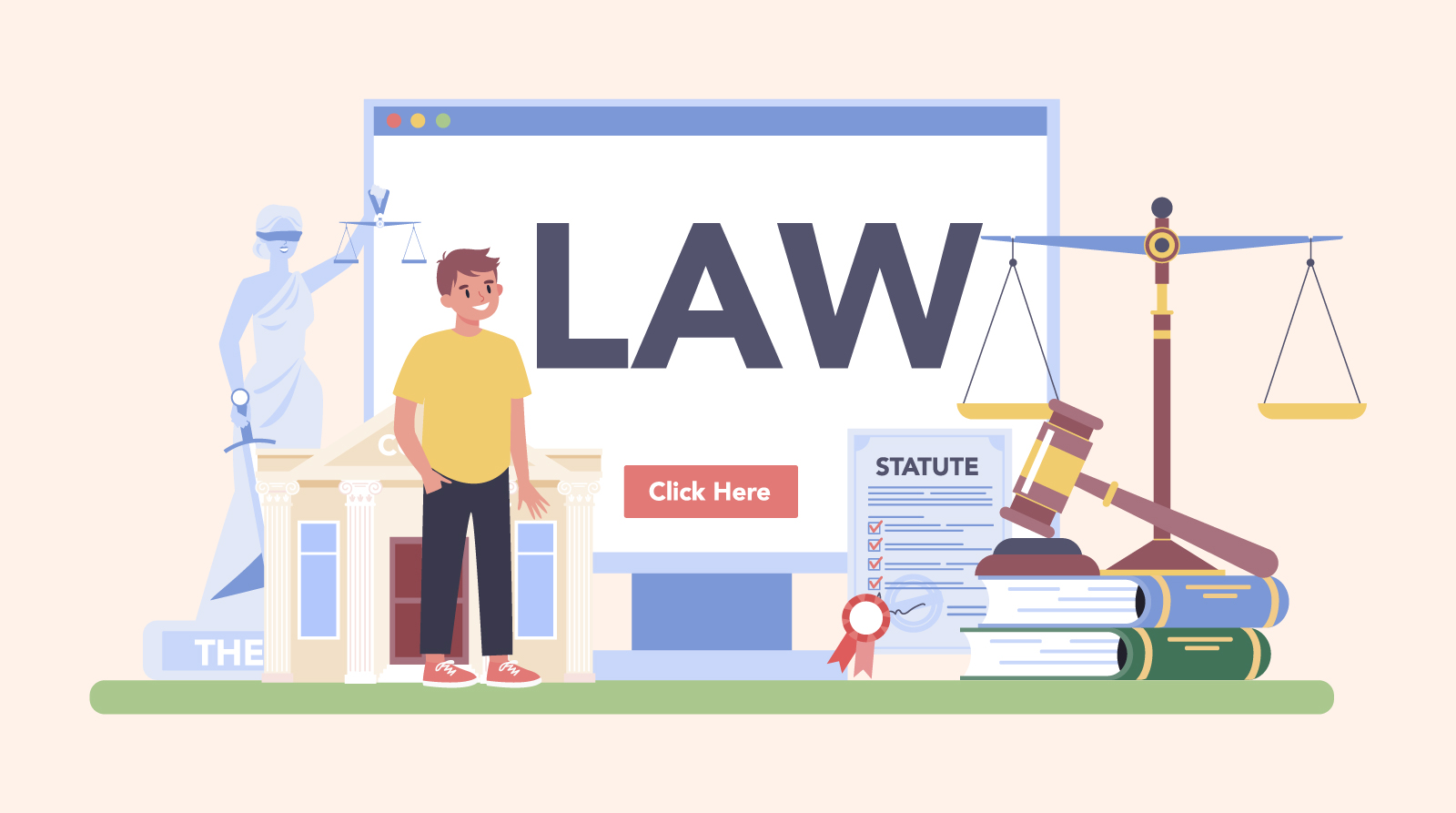
9. Continuously Test and Optimize
Your lawyer landing page is made up of lots of pieces—headlines, images, buttons, forms—and it’s hard to know which ones are nudging people to click and which are scaring them off.
That’s why guessing won’t cut it.
Instead, work with your web developer to set up simple tests (often called A/B tests).
Swap out one button color for another, try two different headlines in the same spot, or see whether a short video beats a still image above the fold.
Track which version brings in more clicks and leads.
You can also experiment by adding or removing elements.
Maybe a shorter form field makes it easier for someone to sign up, or perhaps giving extra options helps you qualify better leads.
Each tweak gives you real data about what your audience prefers.
FAQs
What Is the Main Purpose of a Landing Page?
A landing page is designed to drive a single, specific action from visitors. It focuses all content and layout on guiding users toward that goal.
What Is the Sole Purpose of a Landing Page?
The sole purpose of a landing page is to convert visitors into leads or customers. It removes distractions and directs attention to one clear call to action.
What Are the Benefits of a Landing Page?
Landing pages boost conversion rates by delivering targeted messages and offers. They make it easy to measure campaign performance and optimize for better results.
What Is the Purpose of a Transactional Landing Page?
A transactional landing page aims to get visitors to complete a purchase or transaction. It showcases product details and simplifies the checkout process.
Final Thoughts
As promised, we’ve covered the key elements that make landing pages for legal services effective—from strong headlines and trust signals to clear calls-to-action and GDPR compliance.
But here’s the final, professional tip: Always view your landing page as a conversation starter, not just a digital brochure.
The more it speaks directly to your client’s fears, questions, and goals, the more powerful it becomes.
If you’re ready to turn more visitors into clients with a high-performing legal landing page, reach out today—we’d be happy to help you craft a strategy that converts.

